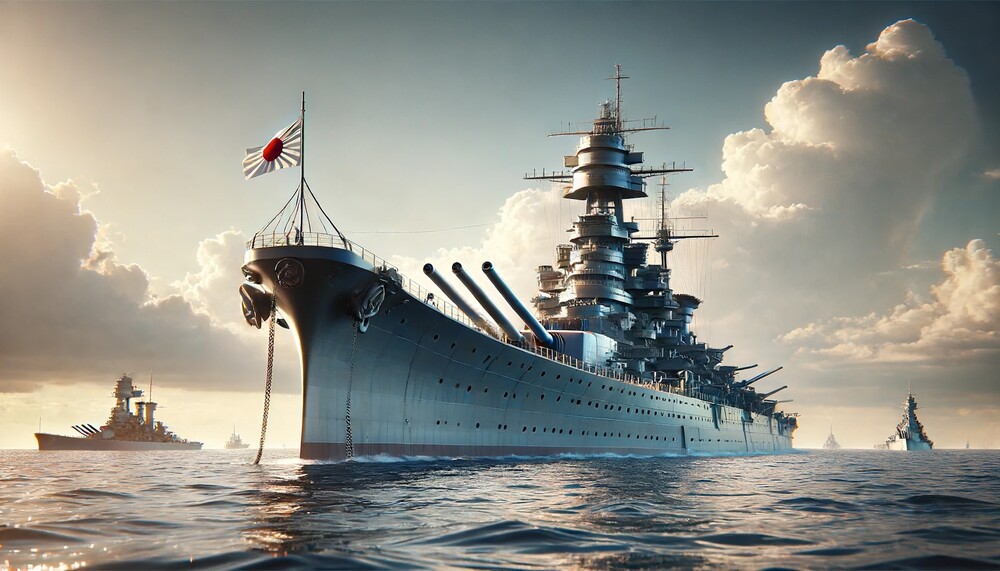New Battleships
In the 1930s, Japan was among the world's leading naval powers. However, the local government officials desired absolute dominance, at least in the Pacific.
Thus, the production of not only aircraft carriers but also battleships began. These ships were meant to surpass their potential competitors primarily in size and firepower. This was when the idea of building Yamato-class ships was born.
Originally, the navy ordered a total of five of these colossi, but due to limited resources, only three battleships began construction – the flagship Yamato and its sister ships Musashi and Shinano.
While the first two ships were completed according to plans, Shinano was eventually converted into an aircraft carrier. Given the significant role airplanes played in the Pacific war, this decision made a lot of sense.
Yamato and Musashi were built under maximum secrecy. The shipyards were therefore lined with high opaque fences. Apart from a few insiders, the Japanese had no idea their country was building the world's largest battleships.
A One-Way Journey
Yamato and its sister ship Musashi were anchored in safe harbors for most of the war. This was partly due to the nature of naval battles and partly because the Imperial Navy did not want to risk the prestige of having their giant battleships sunk.
However, the course of the war threw a wrench into these plans, and it was decided that Yamato would set out for Okinawa, where it would function as an island fortress. Therefore, the ship was loaded to the brim with ammunition, but it had only enough fuel for the trip there, not for the return journey. Yamato set sail from Tokuyama on April 6th, and it was her last voyage.
The Sinking
Given that at this stage of the war the Americans had no problem reading encrypted Japanese messages, Yamato's mission was doomed from the start.
Despite this, the Americans were initially unable to sink the Japanese battleship using the simplest method, namely submarines. Yamato unexpectedly changed course, avoiding the underwater attackers.
The American command then decided to send their air force against the giant. The strike force matched the size of the target. Nearly three hundred aircraft of various types were involved in the action. The Americans did not want to take any risks and were determined to sink Yamato at all costs, which they eventually succeeded in doing.
The ship was hit by several torpedoes and bombs, causing a massive explosion, after which Yamato quickly sank into the depths of the ocean. And with it went most of her crew, which numbered over three thousand men.

